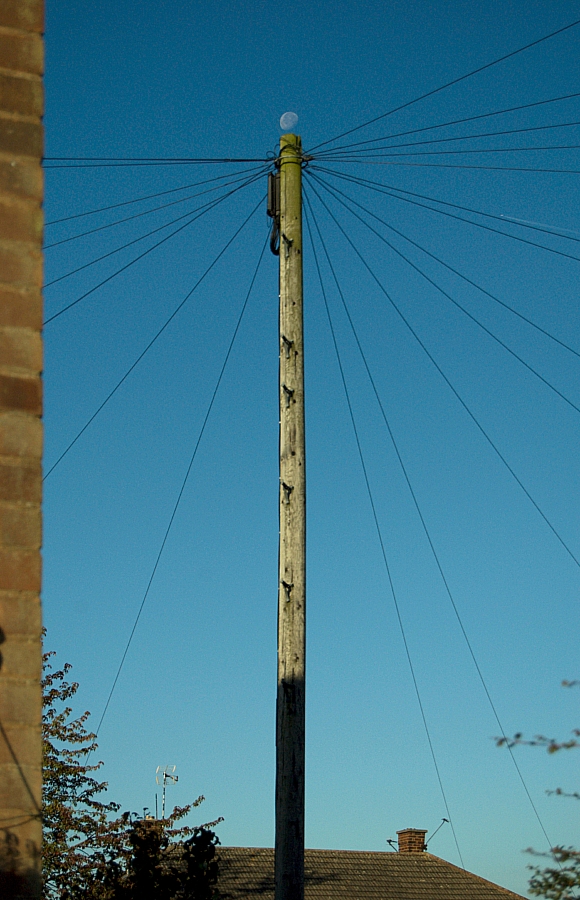
I refer the honourable reader to the post that I prepared some time ago - https://beardedgit.com/?p=436

I refer the honourable reader to the post that I prepared some time ago - https://beardedgit.com/?p=436
Schrödinger:

Kepler:
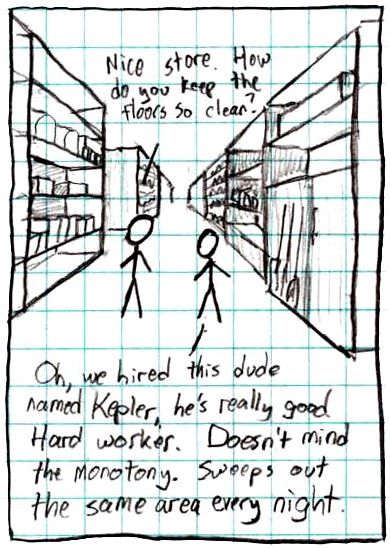
Centrifugal Force:
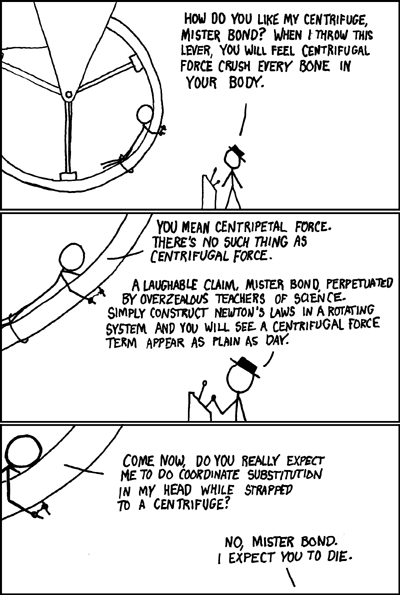
Gravitational Mass:
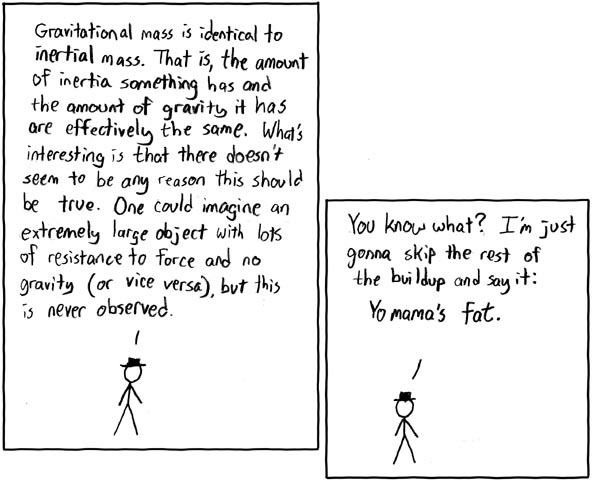
For more stuff like this, start at http://xkcd.com/1/
The Moon at its most glorious time - Lunar light on silver-lined clouds.
Words and pictures by Anna.
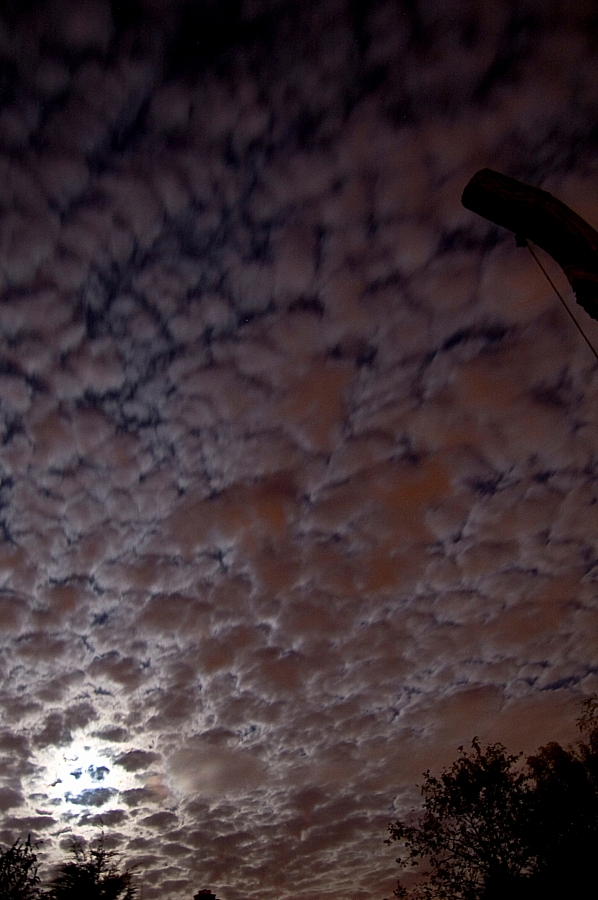
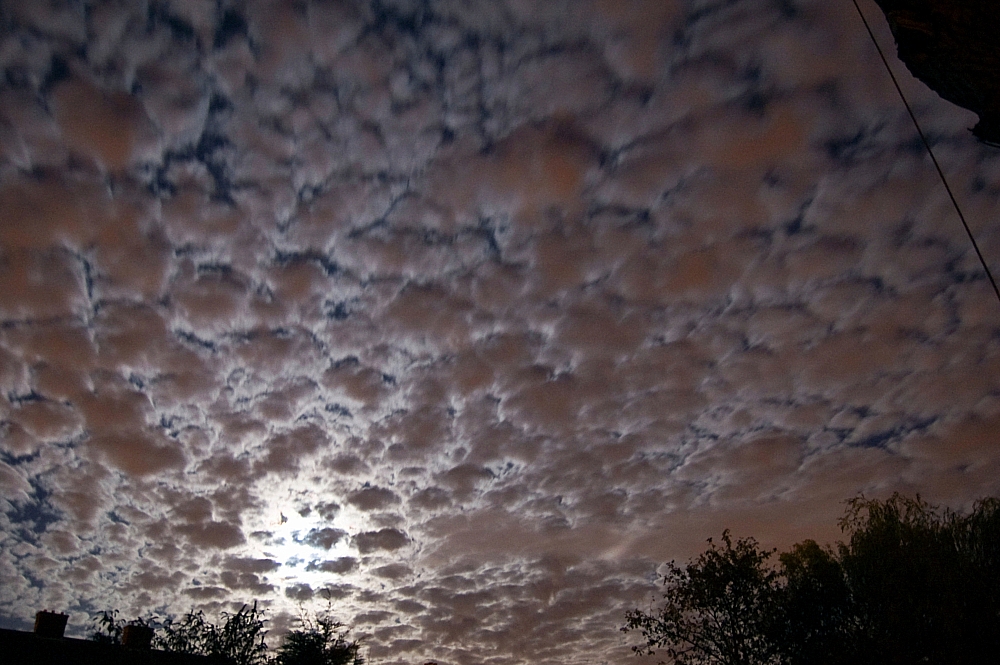
The last quarter of the year promises to be good for meteor viewing. Most of the major showers coincide with favourable Moon phases, so the chances of dark skies are fairly high. For those with an interest in such things, here's a quick "what, when and where" for the rest of the year, based on several info sources:
The Draconids (DRA) will be on show from the 6th to the 10th of October, with peak activity on the 8th at 16:40, and the possibility of some other minor peaks. Expect variable rates, previous storm rates have been up to 500/hour. They're slow-moving things at 20km/s, so they should be easy to identify. The waning Moon rises at 19:18, so there's some time to see what's about before things get too bright. The Draconids are associated with comet 21P/Giacobini-Zinner.
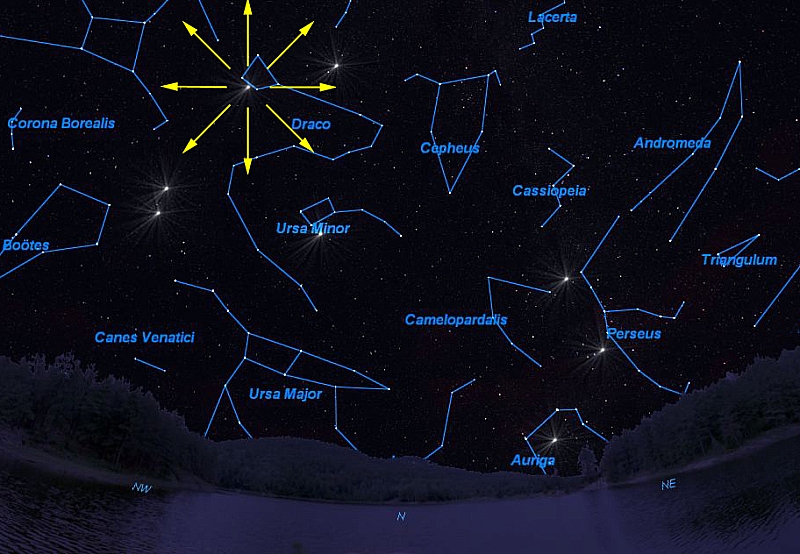
The Draconid radiant
The Orionids (ORI) are active for over a month (from the 2nd of October to the 7th of November) with a broad peak of activity on the 21st of October. That said, there is the possibility of several minor peaks around that date. Rates of about 30/hour are expected, although previous years have seen rates of up to 70/hour. These move a bit quicker at 66km/s but most of them are are faint and therefore difficult to catch on camera. The Moon sets at 18:25 and so won't be a problem. The Orionids are associated with comet 1P/Halley.
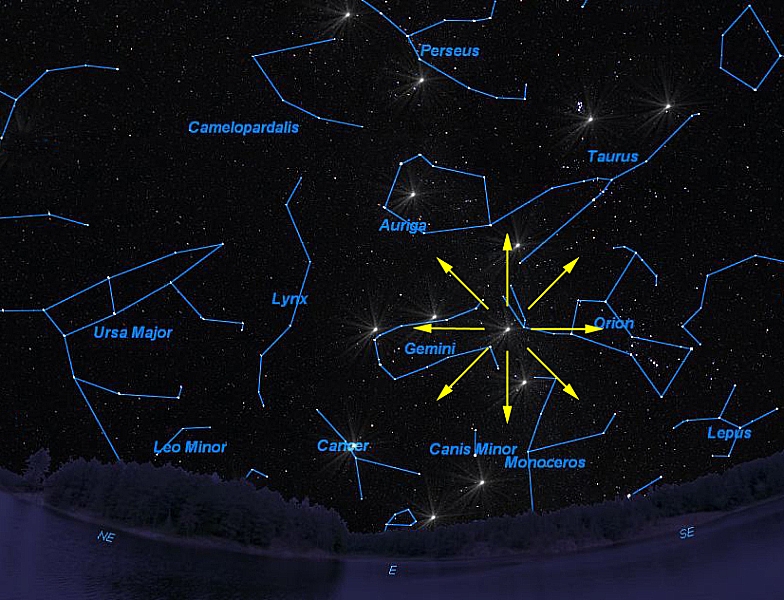
The Orionid radiant
The Leonids (LEO) are on the go from the 10th to the 21st of November, with several peaks expected around the major one at 15:10 on the 17th. Rates for this shower are high (>100/hour) with some researchers predicting brief periods with storm rates of >1000/hour, so this is one to watch, especially with there being no moonlight to contend with! With a speed of 71km/s these are the fastest meteors and they produce long, bright and often colourful trails which are easy to catch on camera. The Leonids are associated with comet 55P/Tempel-Tuttle.

The Leonid radiant
The Alpha-Monocerotids (AMO) could be good this year. The shower lasts from the 15th to the 25th of November with peak activity on the 21st at 15:25. Rates are usually poor at only <10/hour, but short-duration storm-rates of >400/hour have been observed. AMO meteors speed along at 65km/s. The Moon sets at 19:48 and so won't be a problem late on, but could be a hindrance before that.

The Alpha-Monocerotid radiant
The Geminids (GEM) are active between the 7th and the 17th of December, peaking on the 14th at 05:10. Peak rates are generally high and reliable at 120/hour, and the meteors are bright and slow at 35km/s, producing fireballs with bright colours. Ever reliable, this is another event not to be missed. Again, there's no moonlight to spoil the show. The Geminids are associated with asteroid 3200 Phaethon.

The Geminid radiant
The Ursids (URS) will be on show from the 17th to the 29th of December. They are at max on the 22nd with peak rates of only 10/hour, although rates of up to 50/hour have been noted. Speeds are low at 33km/s and the meteors are faint. The Moon sets at 22:14 and so will need to be worked around, assuming that you're not too busy wrapping pressies, visiting relations or getting smashed at the office party. The Ursids are associated with comet 8P/Tuttle.

The Ursid radiant
E. & O. E.
---oooOOOooo---
I should point out that I've only covered the best few meteor events that are visible from the top half of the world. For a full list, you should refer to the IMO Working List of Visual Meteor Showers.
---oooOOOooo---
If you're going out to observe these things, the standard common-sense rules apply. I've stated some guidelines elsewhere on this blog, but there's no harm in posting a revised set here:
Have fun!
I'd not planned to go out observing, but there was an hour or so of cloudless sky yesterday evening and I had a little time to spare. This was an opportunity to sky-test the Nikon AF-S DX NIKKOR 35mm f/1.8G lens to assess how well it is suited to taking widefield pics of the night sky.
In particular I was looking to see:
The challenges would be to see if I could find a reasonable exposure time, get a small number of images for stacking, and then process-out the vignetting, star-trailing and any light-pollution.
Jupiter was in the southern sky so I pointed the camera at it to get the autofocus set. I then turned off the autofocus and fixed the position of the lens focus ring by the judicious application of duct-tape.
Next, I pointed the camera at the Cassiopeia / M31 Andromeda area and took a few test-frames of various durations. Eventually I settled on an exposure duration of 30 seconds and took 12 pics.
These were stacked in DSS and hurriedly processed in PSCS3, and here's the result:
Mouse-over the pic for details, click it for a bigger pic.
I have to say that I'm quite impressed with the raw images that this lens produced. Shooting with the aperture wide open captured a lot of light, and for a change I had to tone down the details rather than go through the usual routine of having to drag the details out of the murk. I'm damned if I can find any coma in the raw frames, which means that there'll be no need to crop off any bad areas. The expected vignetting was dealt with in PSCS3, the compensation isn't perfect but to be fair I've only done a quick fix, no doubt I could get it better if necessary. The amount of star-trailing was acceptable, and I'm confident that I could get it processed out if necessary and if I had enough time.
And the framing? I'm happy with it for targets the size of Cassiopeia, but the capture-area might be a tad small for meteor-work. Time will tell - between now and the end of the year there will be plenty of opportunities for snapping a few meteor trails (more on that in another post very soon (but don't hold your breath)).
So the CBI says "charge students more", eh? What twaddle is that? FFS, get real. These days most grads start their working life with the hassle of having to pay back a student loan and whatever else they had to borrow to make ends meet. Where are they expected to find the extra dosh? Down the back of the sofa?
There was a time when we had a system where the A-Level, the basic yardstick for measuring the academic ability of a student applying for a place at uni, was something that had to be worked at. It wasn't given away in a box of cornflakes, it was something to be proud of. The peeps at Uni knew that, and set their entrance requirements high so that they could choose from the best of the best. In that way, they could regulate the influx so that their finances were more-or-less balanced, and they weren't taking in more folk than they could afford to educate. Also, the financial strain on the LEAs was less, as the amount of grants/fees that they were paying out was lower, there being fewer students to fund. Back then, at the end of full-time education the HE achievers got the best jobs, the FE and mid-eds got the good jobs and the less-able got jobs with dirty spanners, mucky wellies or hair-dressing scissors.
For a while now we've had a system where the A-Level format has changed so that it's easy to get good grades, the Unis have dropped their entry requirements to accept the semi-skimmed along with the cream, and grants have been replaced by loans. Then there's the cross-border disparity regarding HE/FE fees. It's an open-door policy by any other name, provided you have the money or can get it somewhere along the line. Gone are days when HE suitability was based on what was in your head, now it depends on what's in your wallet. That's financial discrimination, blowing out of the water the notion that everybody has an equal right to HE, regardless of their background, and based on their true academic ability. Let's remember that it is the Government that wants the country to have more better-educated folk (they want 50% of young people to go to university), so shouldn't the Government be footing the bill, like it used to via the LEA grant/fee system?
Anyway, with the annual HE mass-influx at such a high level, is it any wonder that the educational establishments haven't got enough money to go around? No.
Nowadays at the end of full-time education the job-route is much the same, except that the balance has shifted - because of the higher numbers of folk with "good" A-Levels and HE/FE certs, there are more contenders for the best and good jobs, and hardly any folk to do the mucky spanner work, hence the alleged need to import cheap labour from Eastern Europe while paying for our own versions to draw the dole. Now it's just a thought, but maybe if we sent the migrant workers back home and gave their jobs to our jobless, the savings in dole-money could go into the HE/FE pot. And the jobless total would be lowered, which would look good for the stats-spinners of the Government of the Day.
A conversation during a recent visit to the Uni where I was an undergrad says it all for me. I was looking at the staff-list in the department where I studied, checking to see how many remained of the staff that taught me, when I was engaged in conversation by the current Head of Department. Keen to find out more about the errant alumnus standing before him, he asked when I'd graduated. "1984", I answered. "Ah, back when a degree was worth something, not like today" he replied. I looked in his eyes and I knew that he wasn't joking.
In short, back in the days when I was an undergrad, we had to fight for the right to party. Nowadays, there's an open invitation to every man and his dog, and there's not enough beer to go around. Somebody needs to say "sorry, no more revellers, we're full" and lock the door before we all die of thirst.